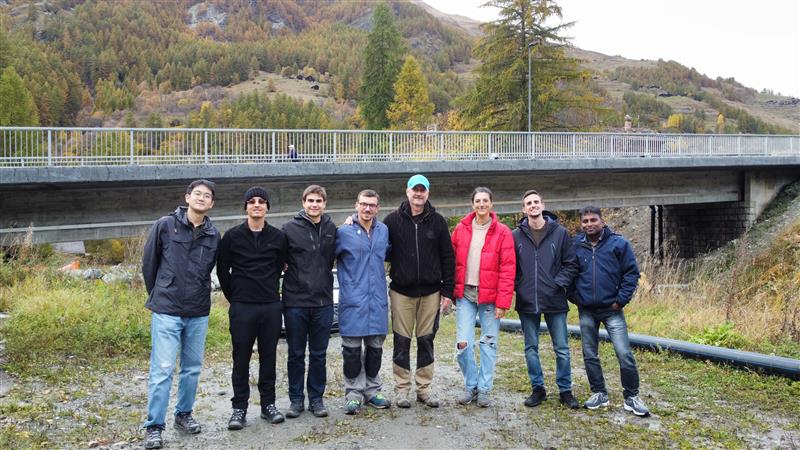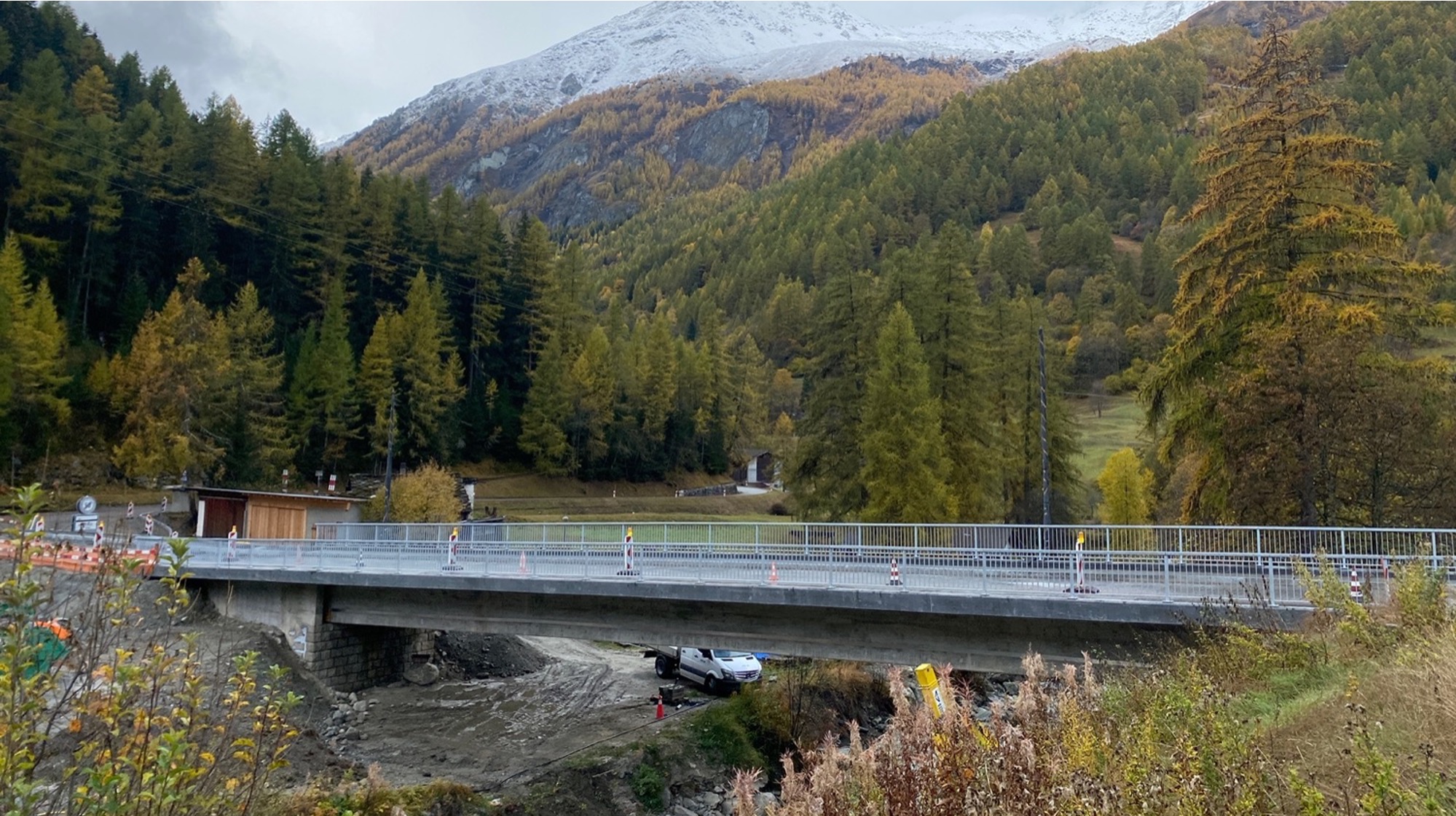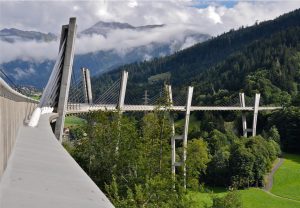Catastrophes have shown that we often notice flaws in infrastructure only when it’s too late. But what if buildings could speak up before a small issue turns into a disaster? Forget dusty textbooks – Prof. Numa Bertola and his team are diving headfirst into the real world, using cutting-edge sensor technology to give concrete structures a digital voice. This innovative approach is transforming the way we monitor infrastructure, offering real-time insights that could prevent potential failures and keep our roads, bridges, and buildings safer for years to come.
Real-time data at every millimetre
Imagine a world where bridges could tell us exactly how they’re feeling, down to the millimetre. This isn’t science fiction; it’s the reality that Numa is building. His research is primarily focused on the assessment of existing structures, rather than just designing new ones, thanks to innovative distributed fibre optic sensors that are being deployed on real, full-scale bridges.
Numa and his first PhD student, Francesco Fabbricatore, are among the first in the world to implement these advanced sensors so comprehensively on a real bridge. Think of it: they can collect data every two millimetres along a fibre optic cable. On a 35-metre bridge, that translates to an astounding 11,000 measurement points on the main gateway – a leap from the usual 1-5! This influx of data allows for an unprecedented understanding of how these structures behave under normal conditions and even when they experience specific stresses. But it’s not just about collecting data; it’s about what you do with it!
Enhancing bridge safety and sustainability
Numa’s team is pioneering new methodologies to interpret this wealth of information. One of the key practical applications of this research is enhancing bridge safety by detecting potential damage before it leads to catastrophic failures, like the bridge collapse in Germany in 2024. By continuously monitoring the “health” of a bridge, we can move away from visual inspections that might be subjective.
However, the story doesn’t end with preventing disasters. Numa’s research also aims to extend the lifespan of bridges that are behaving normally. Why replace a perfectly good structure simply because it has reached a theoretical end-of-life? By providing concrete data that demonstrates a bridge’s continued good health, we can save significant amounts of money and reduce our environmental impact by avoiding unnecessary construction.

What about the outcomes?
On one monitored bridge, the data revealed that it was about 20% safer than initially thought, indicating a greater reserve capacity. Furthermore, the team is actively developing free software packages to help future engineers process this complex data, democratising this advanced technology.
While still in the early stages, the potential for spin-off companies based on this innovative sensor technology and data interpretation methods is definitely on the horizon. Whether through patents or open-source solutions, Numa’s focus is on ensuring his research has a real-world impact. His unique approach to understanding and monitoring existing structures is not just innovative; it’s laying the foundation for a more resilient future, one sensor at a time!
More information
Prof. Numa Bertola leads the research group Sustainable Concrete Structures within the Department of Engineering.
-

Sustainable Concrete Structures
